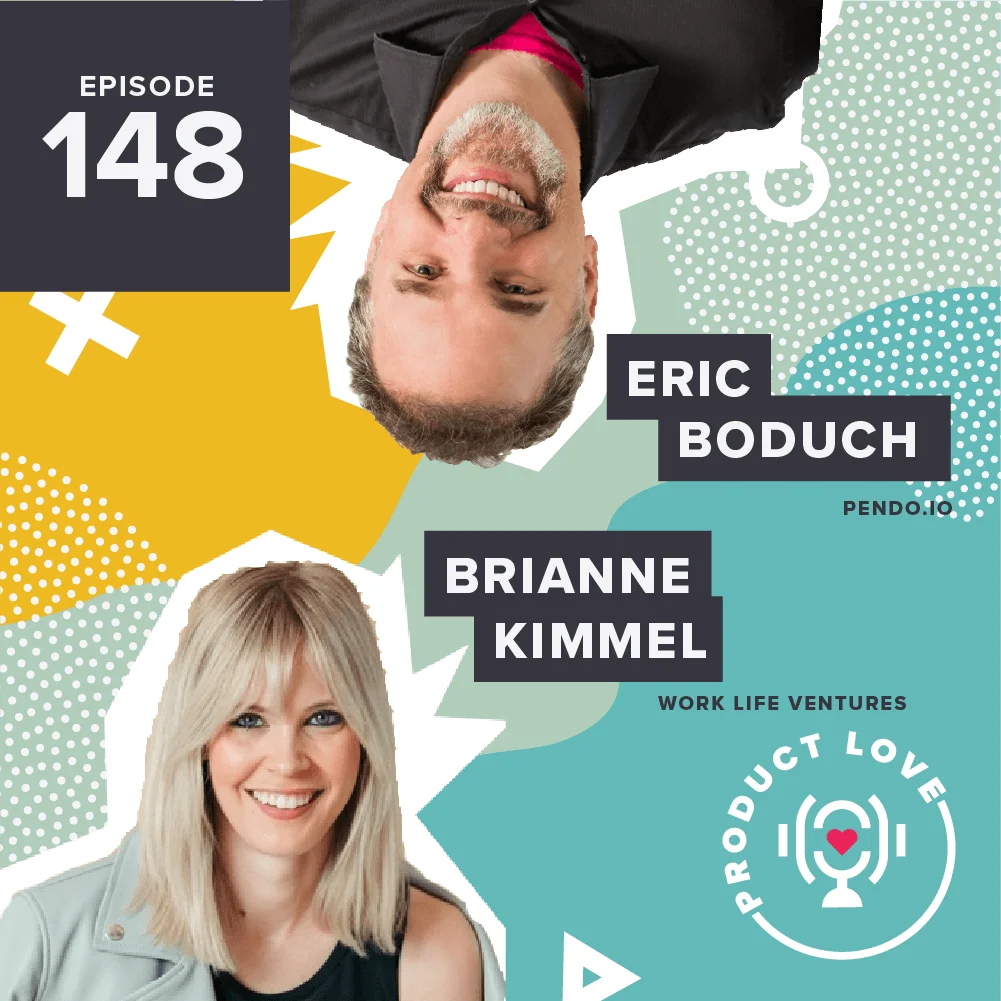This week on Product Love, I sat down with Nancy Wang, head of product and engineering at Amazon Web Services (AWS) Backup. She’s also the founder and CEO of Advancing Women in Product, an organization that trains and coaches women to be successful product managers and technical thought leaders.
Before Nancy was the head of product at Amazon, she was the lead product manager at Rubrik and one of the first female product managers at Google Fiber.
In this week’s episode, we talk about representation, the differences between being a product manager at Google versus Amazon, and distributed teams.
Representation in product
When Nancy first started out as a product manager, she wanted to seek guidance and mentorship from people who looked like her. But let’s address the elephant in the room: product management isn’t a terribly diverse space — the majority of PMs are white men. But that didn’t stop Nancy from advocating for diversity. Enter Advancing Women in Product. This organization’s roots started in Nancy’s living room. Now, AWIP has a strong global presence, with seven chapters in total. Recently, they crossed their 15,000 member mark.
Advancing Women in Product helps women ascend the PM career ladder through workshops, mentorships, and webinars. Their programming covers product management topics such as product analytics, technical skills, leading through influence, and handling board meetings. AWIP measures their success by impact, with members self-reporting their successes in getting the job, joining a board, or getting promoted.
We also talked a lot about being a mentor and a sponsor. Mentors are an absolute necessity in every career, but findings show that sponsors help someone go even further. If you can help someone progress their career, Nancy says you should step up and do so.
Being a product manager at Google vs. Amazon
Nancy spoke briefly about the differences between product managers at Google and Amazon. Google has many pre-revenue products — Nancy has a PM friend at Google who to this day has never priced a product. At the same time, Google has very developed resources. There are accompanying product marketing and business intelligence teams that support product development and promotion.
At Amazon, product management is extremely “self-serve.” PMs are responsible for their whole product, all the way from naming to pricing. You’re even given authority to present your product at major conferences. Typically, those responsibilities fall onto product-adjacent teams like marketing or customer success, but at Amazon, you own the entire product.
What makes a good product leader
Nancy believes that a successful product leader can be broken down into three things: people, process, and technology. A good product leader inspires people through empathy and gets them to believe in their vision. From a technology perspective, your team needs to feel that they are growing with you. Are they properly challenged? Are you creating interesting and innovative technology that makes them want to learn? Do they feel motivated?
Lastly, process. Efficiency is important to all product managers, but especially so for someone who wants to lead a product team. As your responsibilities grow, your team will touch on product, engineering, and design. Can you get keep your teammates properly aligned on new features? Do you have to keep going back to the drawing board? Can you unite them in an efficient way? Process is important, not just for productivity, but for building transparency and trust.
If you want to learn more about distributed teams or how product management space differs in the enterprise, listen to the episode above.




